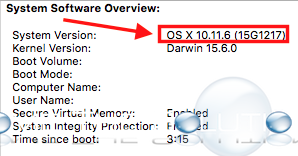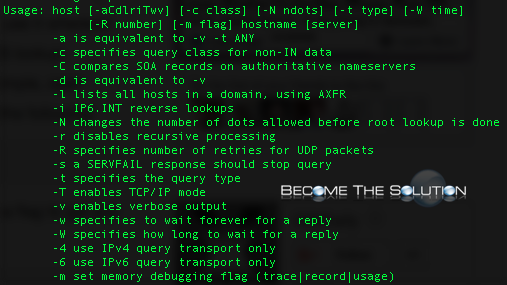By default, Google Chrome automatically caches all web pages you browse. Web-caching is done to to generally improve browsing performance. Cache also reduced the load on the web server and conserves bandwidth. However, sometimes cached pages load old content without you knowing if its new or not. This is a problem with the browse and webserver...
You can quickly go to any line in a TextEdit document by using a hidden hot key. Many users of Mac TextEdit are used to Windows NotePad which offers find line by default in menu options. Even though TextEdit doesn’t show line items, you can still search for a particular line. Follow the steps below. ...
Do you have a video that is off centered or not aligned correctly? Do you want to rotate a video for another reason and save it? You can quickly rotate any video in Mac X using Quicktime player that comes installed by default on Mac OS X. Follow the steps below. 1. Find a compatible...
You may be asked to provide your Mac OS X build version under certain circumstances. So what is a Mac build version? Each version of Mac OS X has a unique build version. Builds are specific to Mac hardware. Here are some easy ways to check for Mac X build numbers. Find Mac X Build...
You can use Terminal in Mac to lookup any and all associated host records for any domain name on the Internet. This is useful if you want to know certain information about a website or domain including geolocation of website hosted, check for email mx records, and validating a domain SPF record. 1. Open Terminal...





